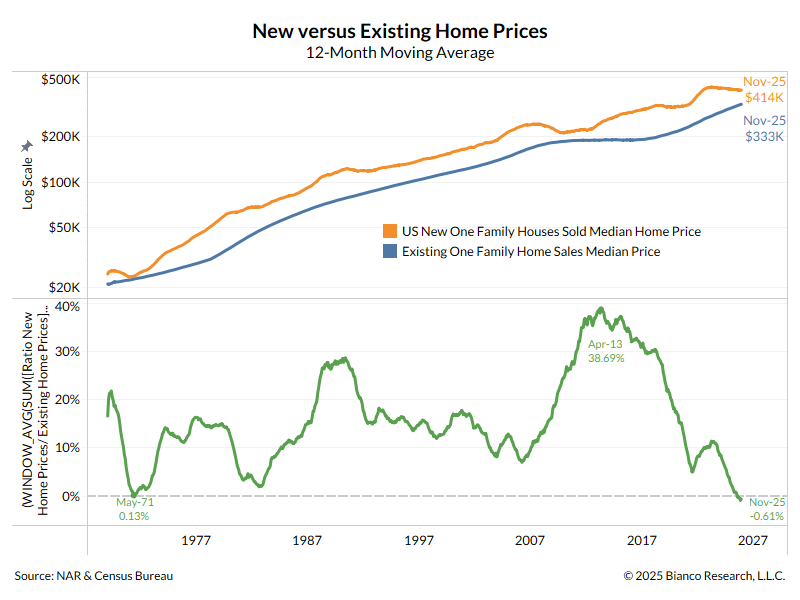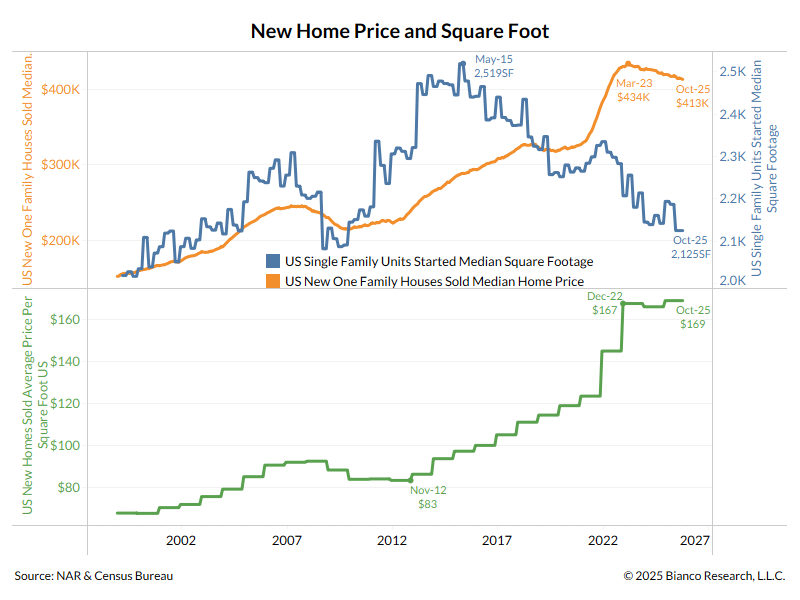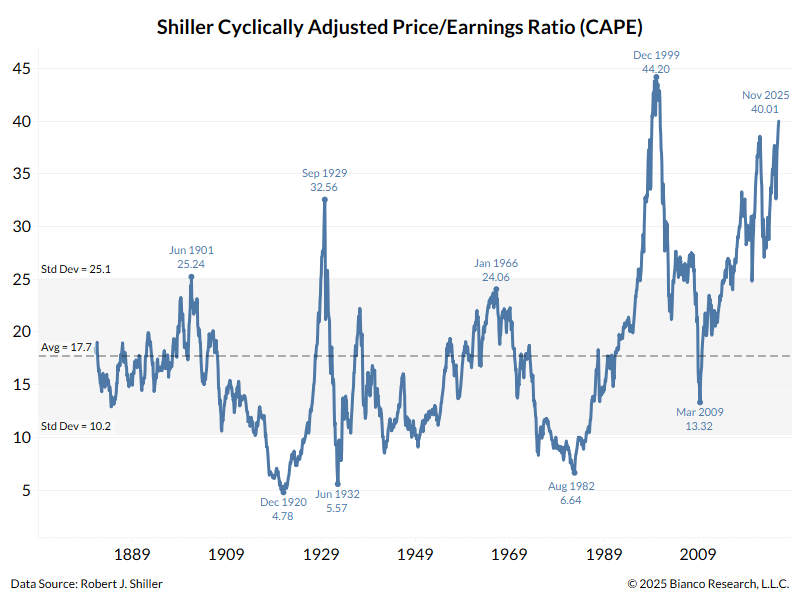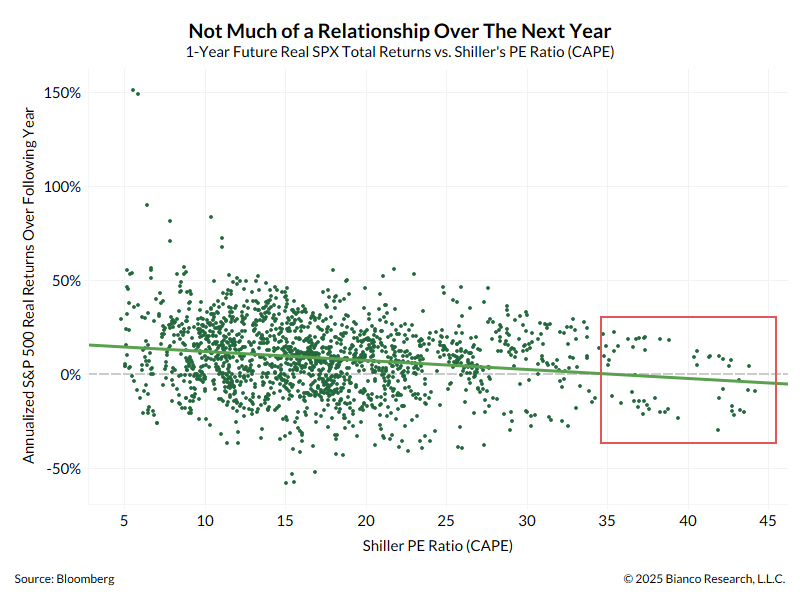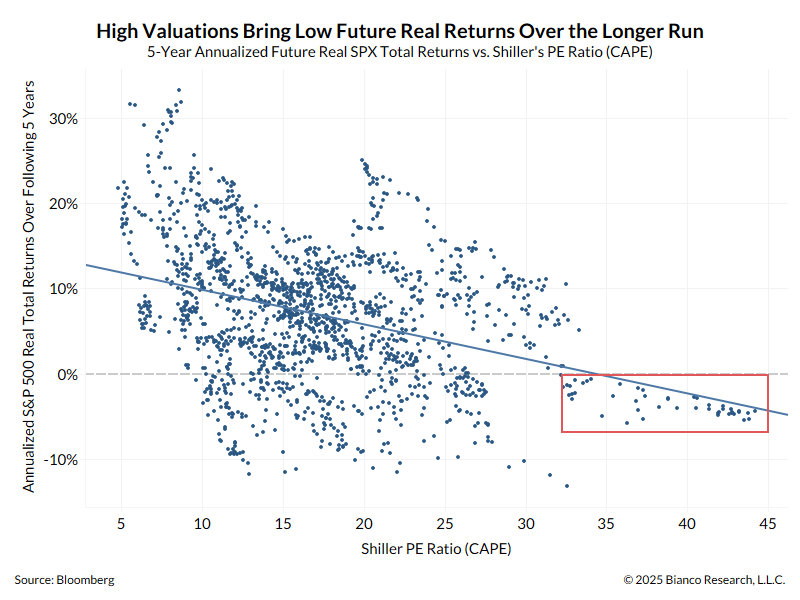1/15
As I noted before, TIME's Person of the Year is a good contrarian indicator.
Elon Musk was named 2021 PoY earlier today.
So, what is the history of this indicator? A thread to outline.
time.com/person-of-the-…
As I noted before, TIME's Person of the Year is a good contrarian indicator.
Elon Musk was named 2021 PoY earlier today.
So, what is the history of this indicator? A thread to outline.
time.com/person-of-the-…
2/15
First, the idea of Magazine cover as contrarian indicators, and especially TIME PoY was developed by one of Wall Street's greatest thinkers, Paul Macrae Montgomery.
I was honored to call him a friend.
@ritholtz remembrance in 2014
bloomberg.com/opinion/articl…
First, the idea of Magazine cover as contrarian indicators, and especially TIME PoY was developed by one of Wall Street's greatest thinkers, Paul Macrae Montgomery.
I was honored to call him a friend.
@ritholtz remembrance in 2014
bloomberg.com/opinion/articl…
3/15
Biden Harris was PoY last year (2020).
One year later and Biden's approval rating is in the tank and Ds are figuring out what to do with Harris

Biden Harris was PoY last year (2020).
One year later and Biden's approval rating is in the tank and Ds are figuring out what to do with Harris


5/15
In 1999 Jeff Bezos of Amazon was POY and the following year (2000) saw the peak of the 1990s tech stock mania.
BY 2001 Amazon’s stock was down 94% from its 1999 peak.
In 1999 Jeff Bezos of Amazon was POY and the following year (2000) saw the peak of the 1990s tech stock mania.
BY 2001 Amazon’s stock was down 94% from its 1999 peak.

8/15
In 1989 Soviet Union leader Mikhail Gorbachev was Person of the Decade (1980s).
Within two years his country ceased to exist, and he was living a meager life on a state-provided pension.
In 1989 Soviet Union leader Mikhail Gorbachev was Person of the Decade (1980s).
Within two years his country ceased to exist, and he was living a meager life on a state-provided pension.

9/15
In 1979 the Ayatollah Khomeini was POY. Crude oil peaked in 1980 and held this level for a decade.
In 1979 the Ayatollah Khomeini was POY. Crude oil peaked in 1980 and held this level for a decade.

11/15
In 1966 the “under 25 generation” (baby boomers) was POY.
Econ historians will recognize 1966 as the beginning of the rise in inflation that ended in 1980. Boomers resource usage was a big reason.
Also, “Middle America” was POY in 1969 underscoring this theme.

In 1966 the “under 25 generation” (baby boomers) was POY.
Econ historians will recognize 1966 as the beginning of the rise in inflation that ended in 1980. Boomers resource usage was a big reason.
Also, “Middle America” was POY in 1969 underscoring this theme.


12/15
1970 West German Chancellor Willy Brandt was PoY.
By May 1971, to support a struggling West Germany pulled out of the Bretton Woods fixed exchange rate agreement. The U.S. followed suit in August 1971.
The West German stock market finished 1971 down for the year.
1970 West German Chancellor Willy Brandt was PoY.
By May 1971, to support a struggling West Germany pulled out of the Bretton Woods fixed exchange rate agreement. The U.S. followed suit in August 1971.
The West German stock market finished 1971 down for the year.

13/15
In 1955 GM President Harlow Curtice was POY. That year GM became the first corp. ever to surpass $1B in sales.
This was also the year Engine Charlie Wilson, the former CEO of GM and Secretary of Defense said, “What’s good for General Motors is good for the country.”
In 1955 GM President Harlow Curtice was POY. That year GM became the first corp. ever to surpass $1B in sales.
This was also the year Engine Charlie Wilson, the former CEO of GM and Secretary of Defense said, “What’s good for General Motors is good for the country.”

14/15
In 1955 90% of all cars sold in the US were made by the big three, and 45% were GM cars. This was the high-water mark.
GM stocks struggled in 1956 and has yet to recover 65 years later!
In 1955 90% of all cars sold in the US were made by the big three, and 45% were GM cars. This was the high-water mark.
GM stocks struggled in 1956 and has yet to recover 65 years later!
15/15
Additionally in 1929 Walter Chrysler of the Chrysler Corp was POY.
This was the year the stock market crashed and the onset of the Great Depression.
Additionally in 1929 Walter Chrysler of the Chrysler Corp was POY.
This was the year the stock market crashed and the onset of the Great Depression.

• • •
Missing some Tweet in this thread? You can try to
force a refresh






